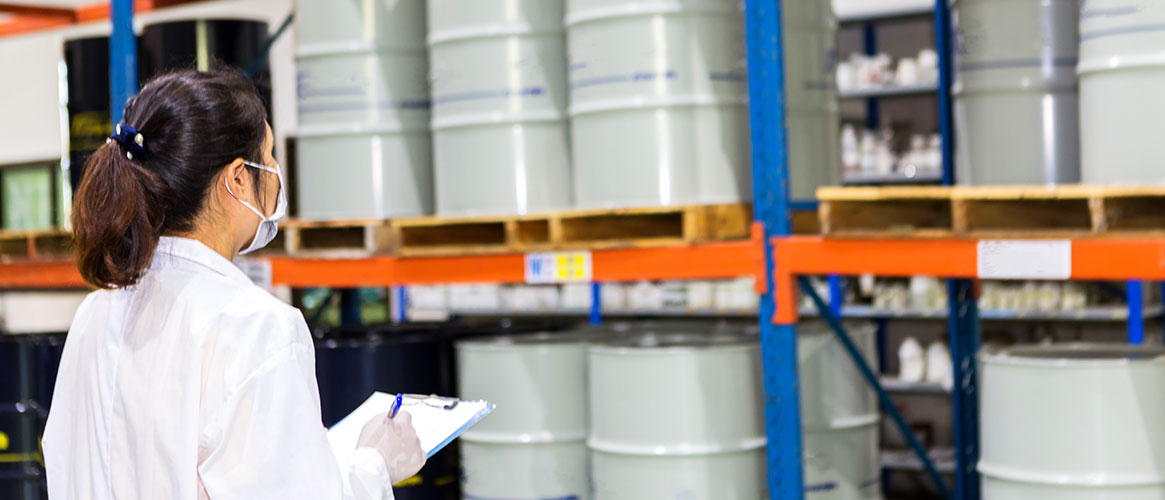If your workplace uses or stores hazardous chemicals, a Safety Data Sheet (SDS) is required. The SDS provides critical information to chemical handlers including the ingredients and characteristics of a chemical, its hazards, how to store it, and what to do in case of a spill, fire, or other emergency. Under the Hazard Communication Standard, producers of chemicals must provide an SDS for each hazardous chemical that they sell or distribute. Employers are required to make an SDS available to all employees for every hazardous chemical used in the workplace.
What information does an SDS provide?
The SDS has 16 standardized sections to make it easier to find important information quickly. The most important sections relate to how employees can protect themselves: hazard identification, exposure controls/personal protection, and first aid.
Other commonly used sections are chemical name(s), routes of exposure, and storage precautions. All workers who handle or work around hazardous chemicals need to be familiar with the SDS sections and how to get the specific information they need.
How do you obtain an SDS?
An SDS comes with any chemical when it’s delivered. If you purchase a hazardous chemical and it does not come with an SDS, you are required to request one from the manufacturer. Often you can download the SDS from the manufacturer’s website or simply call or email customer service. If the same chemical is purchased from multiple manufacturers, you must obtain an SDS from each manufacturer.
Whenever a chemical manufacturer changes their product formulation or new information becomes available about the chemical hazards, they must update the SDS and make the revised SDS available with each new shipment. Employers must train affected employees on the new chemical hazard information within 30 days of receiving a new or revised SDS document.
